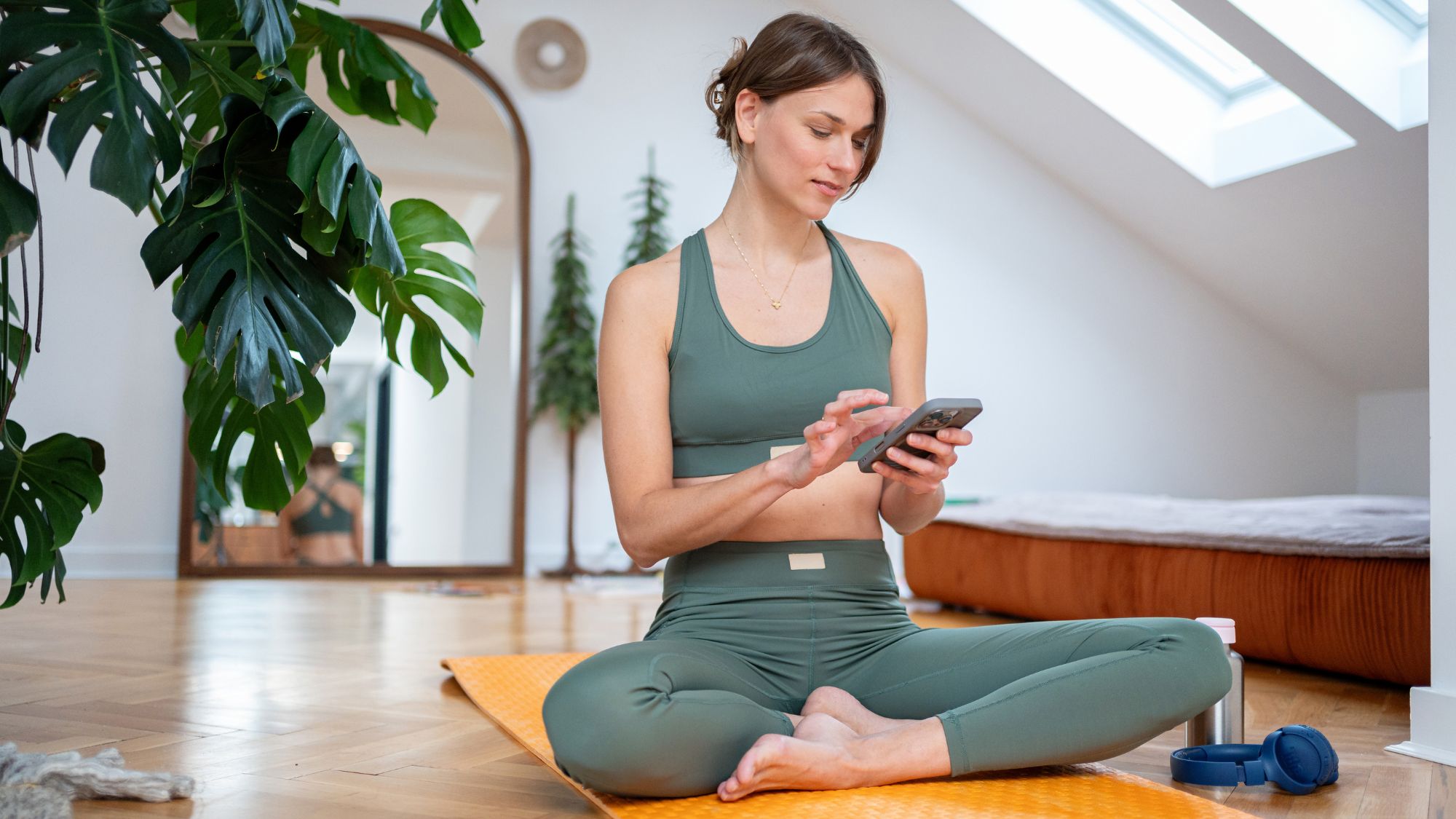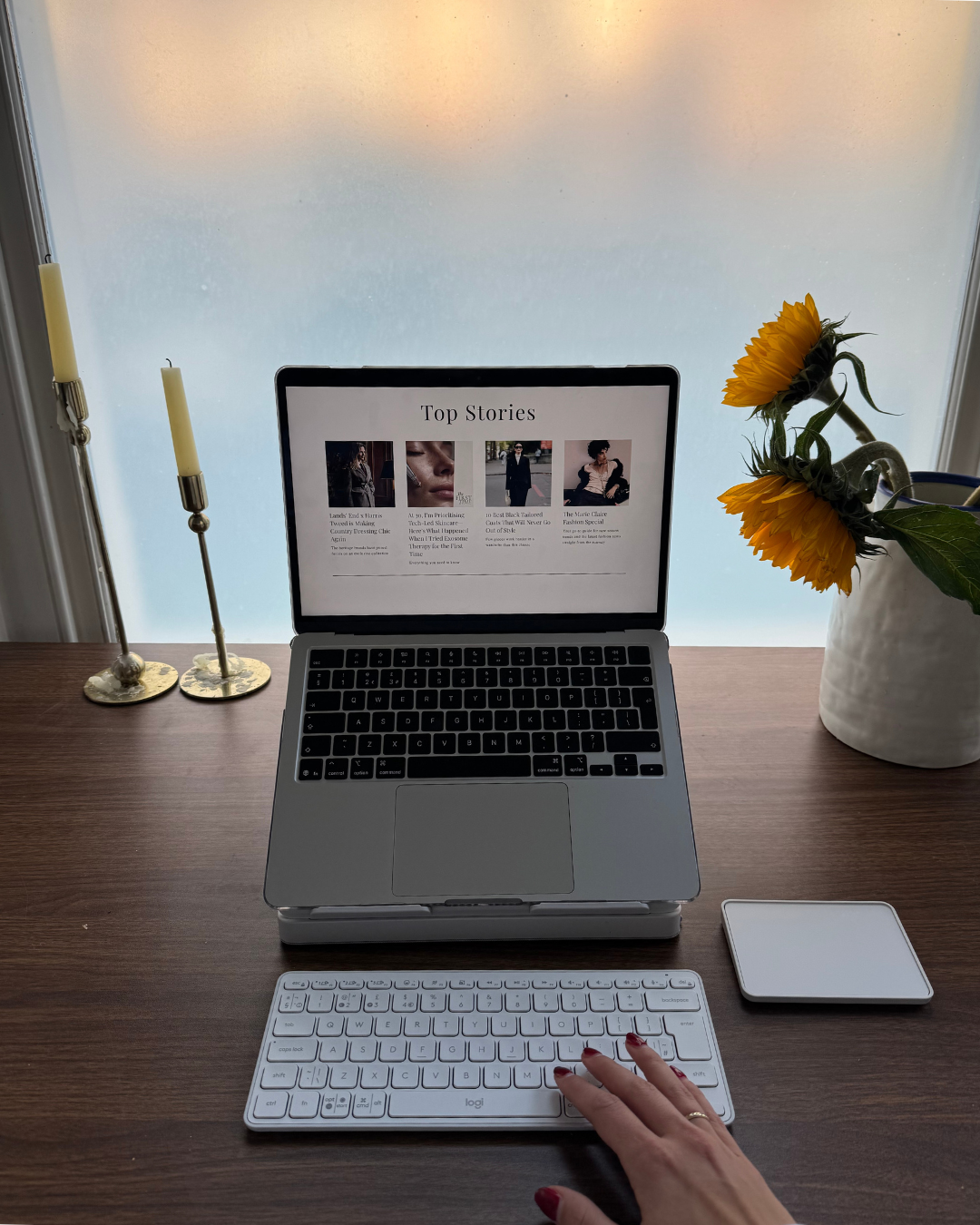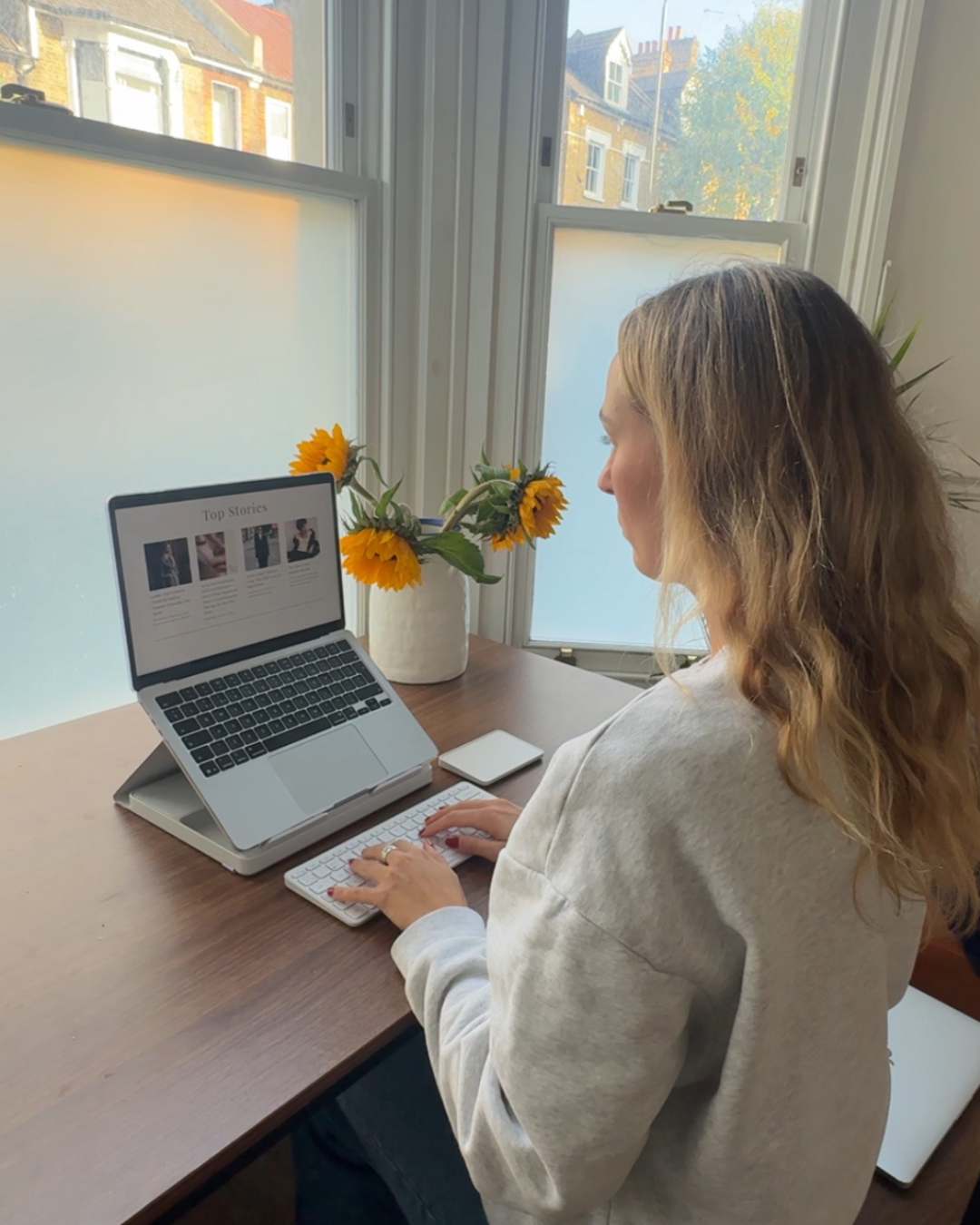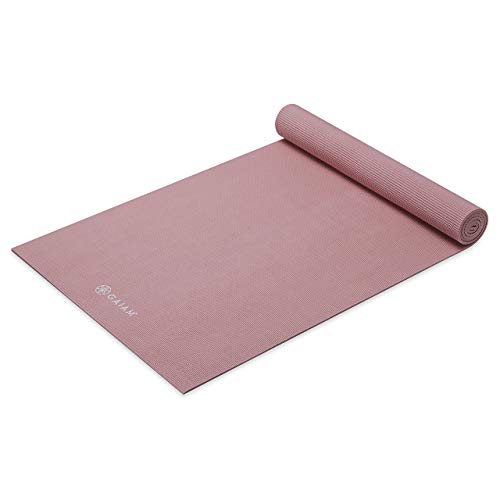Could Sitting All Day Be as Harmful as Smoking? A Top Wellness Coach Shares Their Take
Stuck in the bed to desk to sofa cycle? We've all been there, and here's how to change it.


I have one non-negotiable in my weekly routine: Monday morning movement. It could be as simple as a walk, a ten-minute Pilates flow, or a twenty-minute run - it doesn’t matter what it is, only that it happens. Every time I do, I feel sharper, more energised and oddly more optimistic about the week ahead. But the mornings I skip it? I notice immediately that I have stiffer hips, a sluggish focus, and a creeping sense that I’ve spent yet another day anchored to a chair.
Like most of us, I spend a large portion of my week sitting. Writing, editing, emailing, scrolling often without realising how little I’ve actually moved. It’s a modern reality that’s becoming increasingly worrying. Research has shown that prolonged sitting can raise the risk of heart disease, type 2 diabetes and even premature death, regardless of how much you exercise at other times of day. One major 2016 study found that those who sit for more than eight hours a day with little physical activity face health risks comparable to those linked with smoking and obesity.
So when wellness coach and author Adrienne Adhami told me at a recent workplace wellness talk that “sitting is the new smoking”, the phrase landed hard. She wasn’t being dramatic - she was being factual.
“We were never designed to sit for eight, ten, twelve hours a day,” she told me. “When I say ‘sitting is the new smoking,’ I’m highlighting how modern, sedentary lifestyles are quietly damaging our health.”
And she’s right. For many of us, the shift to working from home has only made it worse.
If this all sounds a little too familiar for you, it could be worth reading our guide to how to train your brain to actually like exercise. And if you’re after more ways to take care of your brain, don't miss our guides to how to find joy, how to reframe negative thoughts, and an expert's go-to self-care ideas, here.
Could sitting down be as harmful to our health as smoking? Here’s what the experts think
The comparison might sound exaggerated, but it’s rooted in data. Prolonged sitting is linked to an increased risk of obesity, heart disease, and metabolic disorders - many of the same chronic conditions triggered by smoking. The issue isn’t just the act of sitting; it’s the absence of movement.
Celebrity news, beauty, fashion advice, and fascinating features, delivered straight to your inbox!
“Before working from home, daily movement used to be built into life without us even realising it,” says Adhami. “Walking to the station, grabbing a coffee, moving between meetings, it all added up. Now, many people go from bed to laptop to sofa with barely a few hundred steps in between. You can’t rely on your environment to make you move; you have to build it in on purpose.”
And that environment matters more than we think. I’m as guilty as anyone of curling up on the sofa in my dressing gown on work-from-home days, but since switching to an ergonomic pop-up desk setup (I use the Logitech Casa one), it’s genuinely changed the game. My posture’s better, I don’t slump as much, and my brain associates that setup with “work mode” rather than “any excuse for a duvet day.”
As Adhami puts it, “The spaces we spend time in shape how we feel and move. Place your desk near natural light, add plants, keep your space tidy - design your environment to support how you want to feel, not just how you need to work.”
A post shared by Adrienne Adhami (@adrienne_ldn)
A photo posted by on
What happens to our bodies when we lead a sedentary lifestyle?
1. Metabolism and muscle health
Health coach and author Steve Bennett describes the body as “a high-performance machine meticulously designed for motion" in his book Fibre First. When it’s left idle, the “engines” (our muscles) lose efficiency. Active muscles use glucose from the blood for energy, helping regulate blood sugar without relying heavily on insulin. But when we stop moving, that process slows, encouraging fat storage and insulin resistance. Over time, this can contribute to type 2 diabetes and other metabolic conditions.
2. Circulation
Vascular specialist Professor Mark Whiteley explains that even sitting still for an hour can compromise circulation. “Movement is essential for blood flow, particularly in the veins,” he says. “It’s best to stand or stretch every 30 to 60 minutes to prevent pooling and reduce the risk of blood clots.” Even simple habits - ankle pumps or elevating your feet slightly - can make a difference.
3. Sleep and energy
GP Dr Clare Rooms, a Boots Online Doctor notes that inactivity doesn’t just affect your body, it affects your rest. “A sedentary lifestyle reduces circulation, hormone activity and overall energy,” she says. “It can even lower sleep quality, making it harder to get restorative rest.” Ironically, the more tired we feel, the less we move - and the cycle continues.
4. Mental wellbeing
There’s also a growing link between sedentary behaviour and poor mental health. Less movement means fewer endorphins and less exposure to daylight - two of our brain’s natural mood stabilisers. It’s why something as simple as a short walk can completely change how we feel.
How can we get moving more?
I hear you. Sometimes our days can be so packed with deadlines and meetings that carving out time to exercise just isn't possible. But everyone has 10 minutes to move.
The good news is, reversing the effects of sitting doesn’t require an expensive gym membership or marathon training plan. “Movement doesn’t have to mean a one-hour workout,” says Adhami. “It’s about frequent, intentional movement - walking while on calls, stretching before bed, taking the stairs.”
She encourages building micro-movements into your day: “Don’t wait to feel motivated. Plan your movement like any other non-negotiable.” It could be as simple as a brisk walk before your first meeting or a five-minute yoga flow mid-afternoon.
Personally, I’ve found that setting small anchors helps - stretching while my coffee brews, taking client calls on foot, or walking to the shop in my lunch hour rather than ordering delivery. None of it feels revolutionary on its own, but together, it stops me from feeling completely wilted by mid-afternoon.

Georgia sets up her desk in front of natural light, using an elevated laptop stand and creating a calm environment.
The bigger picture
As Adhami reminds me, “Movement is about so much more than fitness or aesthetics. It impacts your brain function, your mood, your metabolic health and even how well you sleep.”
And that’s the real takeaway. This isn’t about counting steps or demonising your desk job - it’s about remembering that our bodies were made to move. When we sit all day, we deny them that basic need.
There’s so much more to life than waking up to stare at a screen all day, only to spend the evening looking at a smaller one. Maybe the answer isn’t to overhaul our lives, but to simply make movement part of them again - one walk, one stretch, one conscious choice at a time.

Georgia uses the Logitech Casa Pop-Up Desk to make her working from home space feel more like an office.

If making it to the gym or attending a fitness class during the working day still feels unmanageable, you can easily sneak in movement at home. This Gaiam mat is perfect for stretches, Pilates, or short workouts - its padding and spring help protect your joints, making it easier to move comfortably and consistently, even during mini sessions between long spells of sitting.
The MC movement edit - essentials that help you move more:

A small change that’s made a big difference for me: swapping the sofa for an ergonomic pop-up desk (I use the Logitech Casa) has completely shifted how I work from home. I’m sitting less, stretching more, and actually noticing the difference in my energy and posture. It’s a reminder that even tiny tweaks to your environment can help break up long periods of sitting - and that’s exactly the kind of movement this article is all about.

You’ve probably seen Salomon shoes everywhere lately - they’re practical, but have also won over the fashion set. For me, the real draw was how supportive they are for midday walks or quick errands, making it easier to sneak in movement during the day without compromising on style. Comfortable, reliable footwear like this is a small but surprisingly powerful way to keep your body moving, even when the rest of the day is spent at a desk.

Georgia Brown is a freelance journalist covering fashion, lifestyle, heath and fitness. With bylines in Harper’s Bazaar, Women’s Health, and HELLO! where she formerly held the position of Senior Lifestyle & Fashion Writer, she’s also the co-founder of run club Sunnie Runners and is a devoted marathoner. With a particular love for sustainable fashion and slow living, Georgia can often be found sifting through London's best vintage stores to find the best pre-loved pieces.